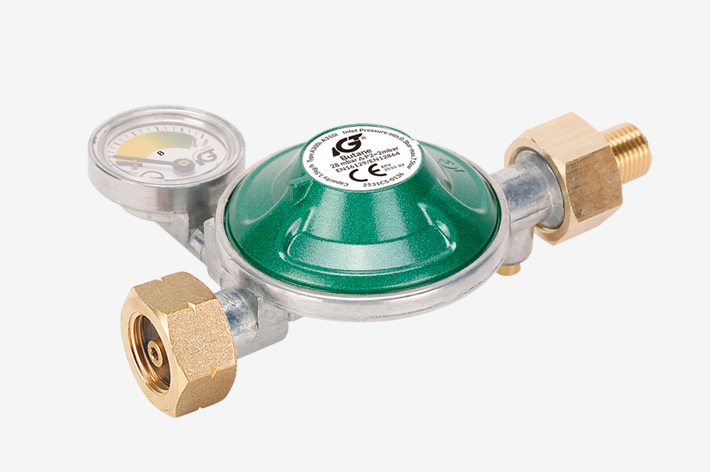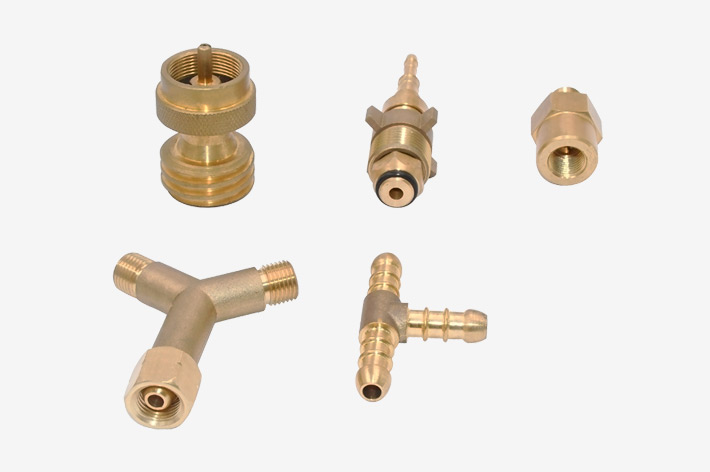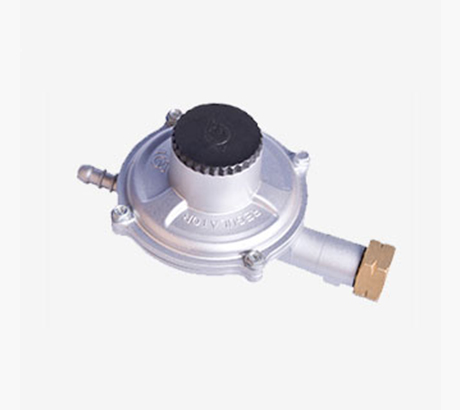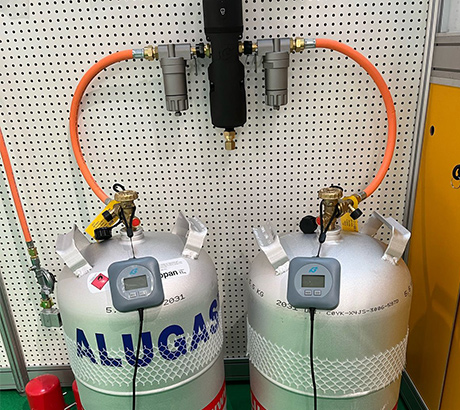In daily life, the domestic gas regulator is an essential device for every family using liquefied gas. It not only ensures gas safety but is also directly related to the normal use and combustion effect of the stove. This article will deeply introduce the roles and related precautions of the domestic gas regulator to help everyone better understand and use this important equipment.
The basic functions and principles of the domestic gas regulator
The domestic gas regulator, also known as the pressure regulator, is mainly divided into low-pressure and medium-pressure valves. The one commonly used in households is the low-pressure valve, while restaurants may use medium-pressure valves to achieve greater firepower. The domestic gas regulator is connected to the main valve (i.e., the angle valve) of the liquefied gas bottle to adjust the gas pressure, ensuring that the gas can burn stably through the stove.
Its working principle is very simple: when the angle valve is opened, liquefied gas is released from the gas tank, passes through the domestic gas regulator for pressure reduction, and is finally delivered to the stove for safe combustion. This adjustment process ensures the stability of the flame, preventing uneven firepower or safety hazards caused by too high or too low gas pressure. Therefore, the domestic gas regulator plays a crucial role in daily use.
Common causes of domestic gas regulator leaks
Although the domestic gas regulator is vital for gas usage safety, in actual use, regulator malfunctions or improper operations may lead to gas leaks. The following are several common causes of domestic gas regulator leaks:
Angle valve not closed or not tightly closed
If the main valve of the liquefied gas bottle is not completely closed, gas may continue to leak. Therefore, ensuring the angle valve is fully closed when not using gas is the primary measure to prevent leaks.
Damaged inlet seal of the gas regulator
Deformation or detachment of the seal is another major cause, which may prevent effective gas sealing, thereby causing leaks.
Improper connection between the regulator and the angle valve
Too loose or too tight connection between the regulator and the angle valve may also cause leaks. If it is too tight, it may cause the threads of the regulator to crack; if too loose, it could lead to gas leaks.
Loose pipe connection
The gas pipe between the regulator and the stove may also cause gas leaks if it is not securely fastened.
Safety tips for using the domestic gas regulator
To ensure the safe use of the domestic gas regulator, regular inspection and maintenance are very necessary. The domestic gas regulator is usually connected to the angle valve of the liquefied gas bottle through threads, which need to be disassembled and reinstalled every time the gas bottle is replaced. Therefore, the following points require special attention:
Do not disassemble the regulator by yourself
If the liquefied gas tank and its accessories need to be replaced or repaired, it must be done by professionals to avoid gas leaks or other safety accidents due to mishandling.
Avoid overtightening
When encountering the domestic gas regulator not tightening or misaligned threads, do not force it. Immediately repair or replace the corresponding equipment.
Emergency handling of leaks
If you find liquefied gas leaking, immediately close all the main valves of the gas equipment, evacuate personnel, and refrain from using open flames to prevent a gas explosion.

 中文
中文 






